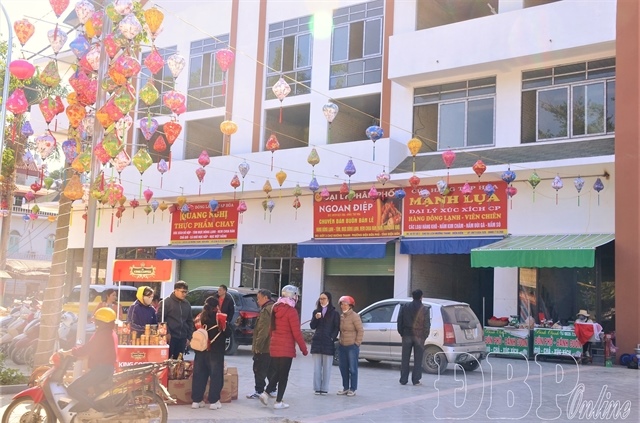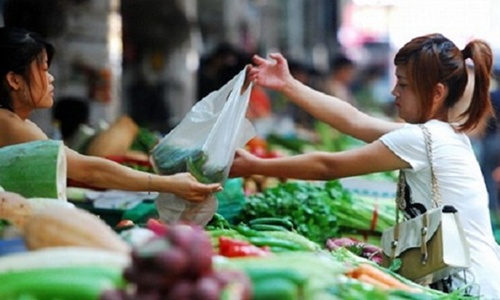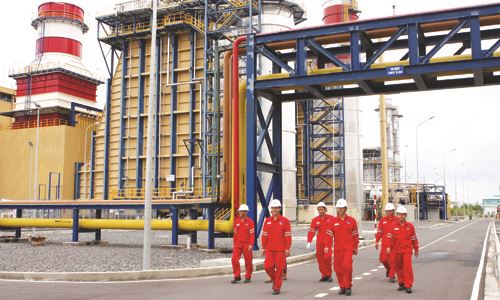TPP’s rule of origin challenges Vietnam’s apparel industry
TPP’s rule of origin challenges Vietnam’s apparel industry
Regulations on the origin of goods will present challenges to Vietnam’s textile and garment sector once free trade agreements, especially the looming Trans-Pacific Partnership (TPP), come into force.
The concern was raised during a Vietnam-Republic of Korea (RoK) scientific seminar on garment technology in Ho Chi Minh City on September 9.
Though Vietnam is one of the world’s top apparel exporters, 70 percent of its textile makers are working as sub-contractors on medium and small scales, and are still weak in fibre manufacturing, weaving and dyeing, with almost all input materials imported from China and the RoK.
Moon Byung-chul, Commercial Counsellor at the RoK Consulate General in Ho Chi Minh City, said Vietnam must follow TPP’s “yarn-forward” rule of origin which requires that only textile and apparel products using the US and other TPP countries’ yarns and fabrics qualify for the benefit of the agreement.
According to the Vietnam Textile & Apparel Association (VITAS), the rate of locally-made products in the sector stands at a mere 55 percent, attributable to the weak weaving and dyeing capability.
VITAS Vice Chairwoman Dang Phuong Dung revealed that weaving and dyeing projects fail to receive licences due to their high risk of environmental pollution.
In the face of such realities, she suggested zoning off regions and areas exclusively designed for weaving and dyeing and equipped with infrastructure and waste treatment facilities, making it easier to pitch to foreign investors.
She also called on Vietnamese apparel makers to learn from the RoK – a fashion powerhouse in research and development in order to produce quality fabrics.
The seminar was co-hosted by the Ministry of Science and Technology’s National Office in the Southern Region and representative office of the Korea Institute of Industrial Technology.




















